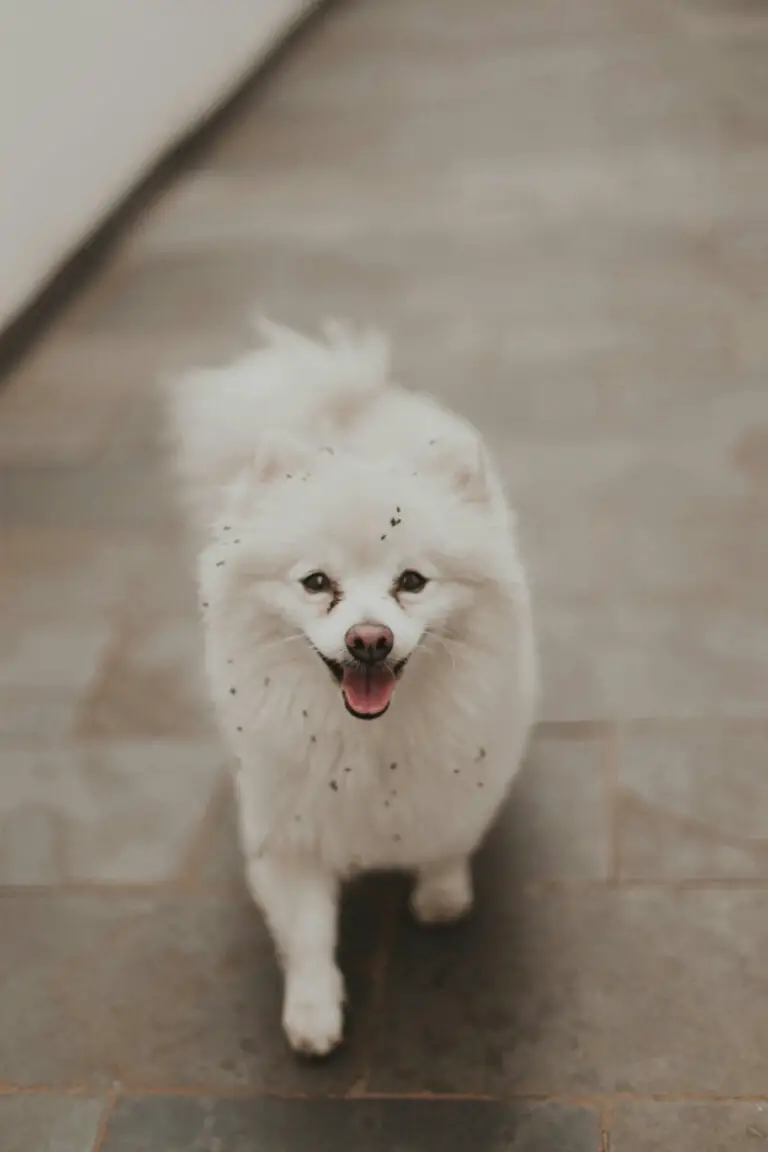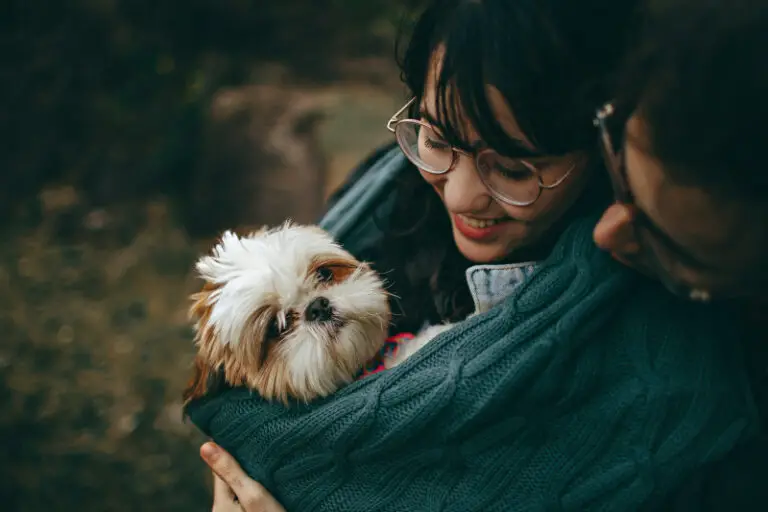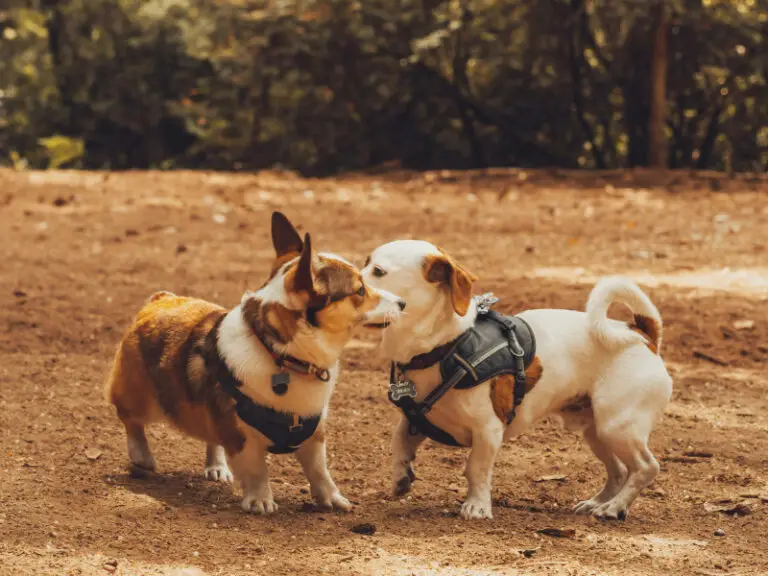Most people can’t help but be entranced by the beauty of this very special dog. With a majestic body, stunning eyes, and an affectionate temperament, the Siberian husky is one of the world’s most loved and coveted pet dogs.
Table of Contents
Are there several types of Siberian husky?
Contrary to popular belief, the Alaskan Malamute, Alaskan Husky, Greenland Dog, Akita, and others are not types of Siberian Husky. They are similar dogs in appearance, but they do not belong to the same breed.
The Siberian Husky is a unique breed, originally from Siberia as its name indicates. Initially, they were developed for herding work, transport by sled, and were even used as a source of heat to protect the little ones from the cold.
Among its main characteristics we have:
- They are typically dogs with robust muscles, almond-shaped eyes, a medium-sized head, and straight, upright ears.
- Depending on the sex, they can be 21 to 23 inches long and weigh between 45 and 60 pounds.
- They show a friendly, intelligent, docile personality, which is why they can easily adapt to most homes.
However, there is one very important characteristic that can vary in Siberian huskies, leading to the identification of different dogs within the same breed. It is nothing more and nothing less than the color of his cape.
Siberian husky types: colors and markings
Some people believe that huskies, like the Siberian husky, can only be 3 colors: black, white, or gray. The truth is that, although the coat of many specimens fits mostly into these shades, the Siberian husky can develop multiple variations within that spectrum.
Let’s see…
White Siberian husky
Pure white is perhaps the rarest color of Siberian specimens. This white ( or lack of color ) is the result of the complete restriction of the pigment in the dog’s body. A true white Siberian will have liver or black points (nose, around the eyes, and mouth), and their undercoat will also be pure white or silver.
Black and white Siberian husky
The undercoat of a black and white Siberian can be white, charcoal, fawn, or a mixture of these three. The topcoat can be anywhere from jet black to a dilution known as “salt and pepper,” which makes the dog look almost gray.
Although it is not very common, in some specimens a certain reddish tone can be observed in the black fur, especially if it has been exposed to the sun for long periods of time.
Gray Siberian husky
These Siberians can display three shades of grey: wolf grey, silver-grey, and medium/dark grey.
Wolf gray is a reflection of the agouti gene, which gives each individual hair a color range; said gene produces a warm gray shade of gray with fawn, tan, or red behind the ears, on the legs, and on the back. The undercoat is typically beige in color.
The silver-gray Siberian husky is the complete opposite of the wolf gray in that it exhibits complete restriction of the agouti gene. As a result, the coat has a silver or blue hue, without traces of red, brown, or beige. Sometimes the gray can be diluted so much that it can look completely bluish. The inner layer of these specimens is white.
The gray tone, medium or dark, is the most common of the grays. Some traces of red or tan can be seen, and the undercoat is a mix of beige with silver.
Siberian husky agouti
Siberians with agouti fur are not very common. These specimens look almost exactly like a wolf, with special markings and marked coats. The face is often dominated by a dark mask ( dirty-faced appearance ), which extends down through much of the body.
The inner coat is charcoal in color, while the outer coat can be a mixture of black, brown, red, or gray. The nose, around the eyes, and the mouth are dark, as there is never any dilution in color.
Red or copper Siberian husky
These colors show a great variety of shades. They typically have white or cream underbodies, combined with light reddish, copper, orange, or dark chocolate upperparts. The dots are always liver-colored.
The main difference between a copper-colored Siberian husky and a red one is that in the former there are lighter tones closer to orange or yellow ( copper color in the left quadrant, red color in the right quadrant ).
Sable Siberian husky
Typically these huskies have a reddish-brown hue and black-tipped hairs. They are born with a dark gray coat, but they take on a redder hue as they age. The undercoat can vary between different shades (red, chocolate, or copper), but it is never beige. The points on this type of Siberian Husky are always black, hence they are commonly known as ” black-nosed reds “.
Siberian husky pinto
“Pinto” is not a color, but a pattern. The Siberian Pinto can be any of the above colors, with an excess of white on the shoulders and front legs.
Spotted Siberian husky
The spotted pattern is quite rare in Siberian huskies. The white color in the dog’s coat exceeds 30%, breaking its coloration and creating unique spots or markings. Some specimens can become completely white, except for a single point.
Siberian husky types: coat characteristics
Based on the appearance of their double-coated coat, 2 general types of Siberian husky have been differentiated. These are:
The short-haired Siberian husky
It is the accepted standard coat for this breed. It is a plush coat, very similar in appearance to a stuffed animal. It consists of two layers: an inner layer of soft, fine, slightly curly hair to better trap hot air, and an upper layer made up of straight, long, thick hairs that provide protection against cold, UV rays, and humidity.
The long-haired Siberian husky
Also known as the wooly Siberian husky, this is a variety within the same breed, characterized by the presence of a much thicker undercoat and a much longer outer coat than the coats in its sibling’s coat.
Wooly specimens are not accepted in dog shows and competitions; Although they are still true Siberian Huskies, their coat is considered to be a failure of the standard.
Siberian husky types: eye color
Many admirers of the breed assume that all Siberian Huskies have those captivating blue eyes, but little do they know that these dogs’ uniqueness can go even further.
Siberian huskies can be:
Blue Eyes – This is the classic eye type that we always think of when discussing the breed. In a recent study, researchers found that the most likely cause of this trait is a genetic change, or mutation, near a gene known as ALX4. This mutation appears to decrease pigment production in the eye, causing the eye to appear blue.
Brown eyes – some specimens can have very pretty eyes of deep brown color.
Amber Eyes – This is a very light brown coloration to the iris; usually seen in pure white and red or white Siberians.
Bicolored Eyes – the eyes are not the same color; some of the common combinations are one blue and one brown eye, one brown and one amber eye, etc.
Split or Split Eyes – The iris is split down the middle, with each half a different color. For example top half blue and bottom half brown, or left half brown and right half blue. This can happen in one eye or both.
Spotted Eyes – This is a fairly rare type; it is characterized by the presence of spots of another color mixed with the color of the eye, for example, a blue eye with brown spots.
What other dogs resemble the Siberian Husky?
Most of the Eskimo races are quite alike in their physical build and general appearance. So much so, that many people do not know how to differentiate whether dogs such as the Siberian Husky, the Alaskan Malamute, and the Alaskan Husky are, or not, from the same family.
In this article, we have wanted to clear up some doubts and list several of the breeds erroneously considered as types of husky.
Alaskan malamutes
As its name suggests, this dog originated in Alaska. It differs from the Siberian Husky in many ways, for example:
- It is much taller and heavier.
- His head is bigger and wider.
- His eyes are further apart and are always brown.
- It is not light like the Siberian husky; It moves strong and forcefully.
- It has a coarser and longer hair coat.
Alaskan husky
While the Malamute and the Siberian Husky are judged on the purity of the breed, the Alaskan Husky is judged on his abilities, not his appearance.
Compared to the Siberian:
- This husky is much more agile and faster.
- It has long legs and a more athletic body.
- Its coat is less thick, hence it is less tolerant to cold.
Samoyed husky
Also of Russian origin, this type of husky weighs the same as the Siberian, but can be smaller in height; In addition, its coat is denser and longer. It is said to be more playful, affectionate, and easier to train, but it shows a much higher tendency to bark.
Sakhalin Husky
This almost extinct breed arose on Karafuto, a Japanese island also known as Sakhalin. Its Eskimo dog appearance has led to it often being confused with the Siberian Husky or the Akita. Some experts say that the three breeds had the same ancestor, hence their coat is equally prepared to withstand the low temperatures of winter.
Compared to the Siberian Husky, the Sakhalin Husky is a larger, stockier, and heavier animal. Although both share the name “huskies”, the second is not as stubborn as the first.



